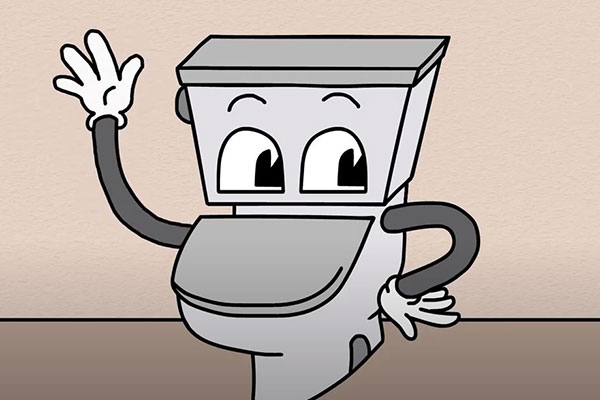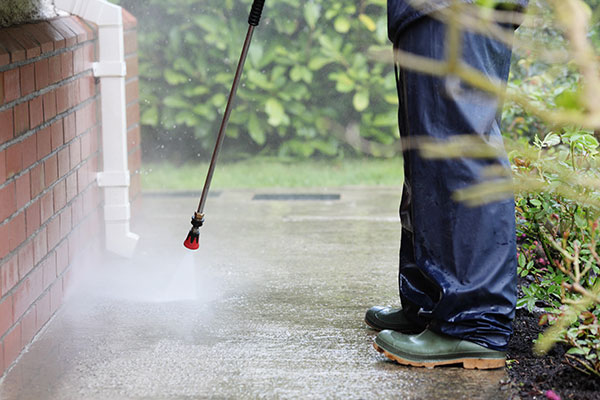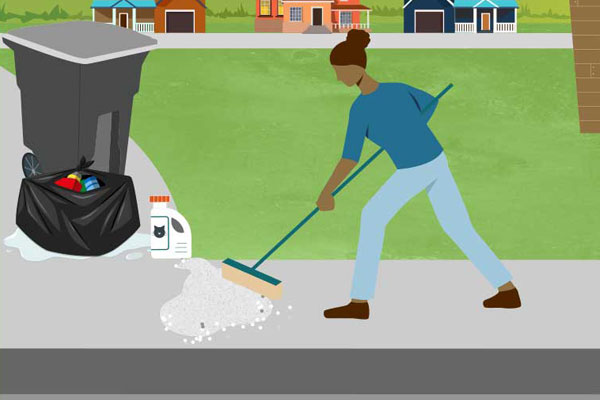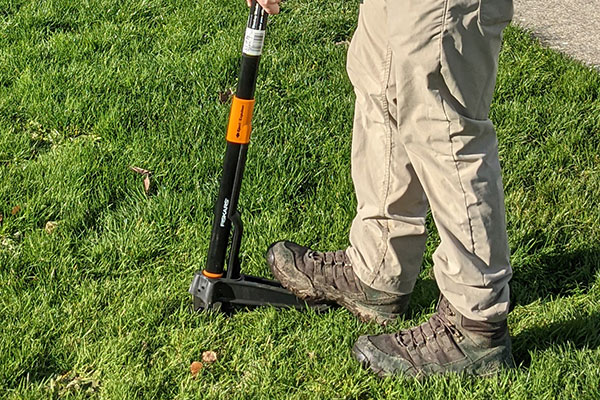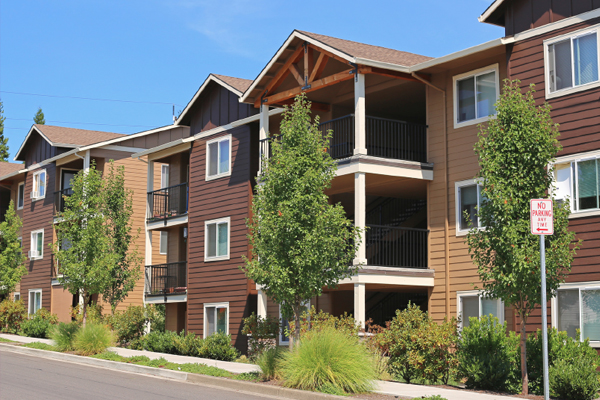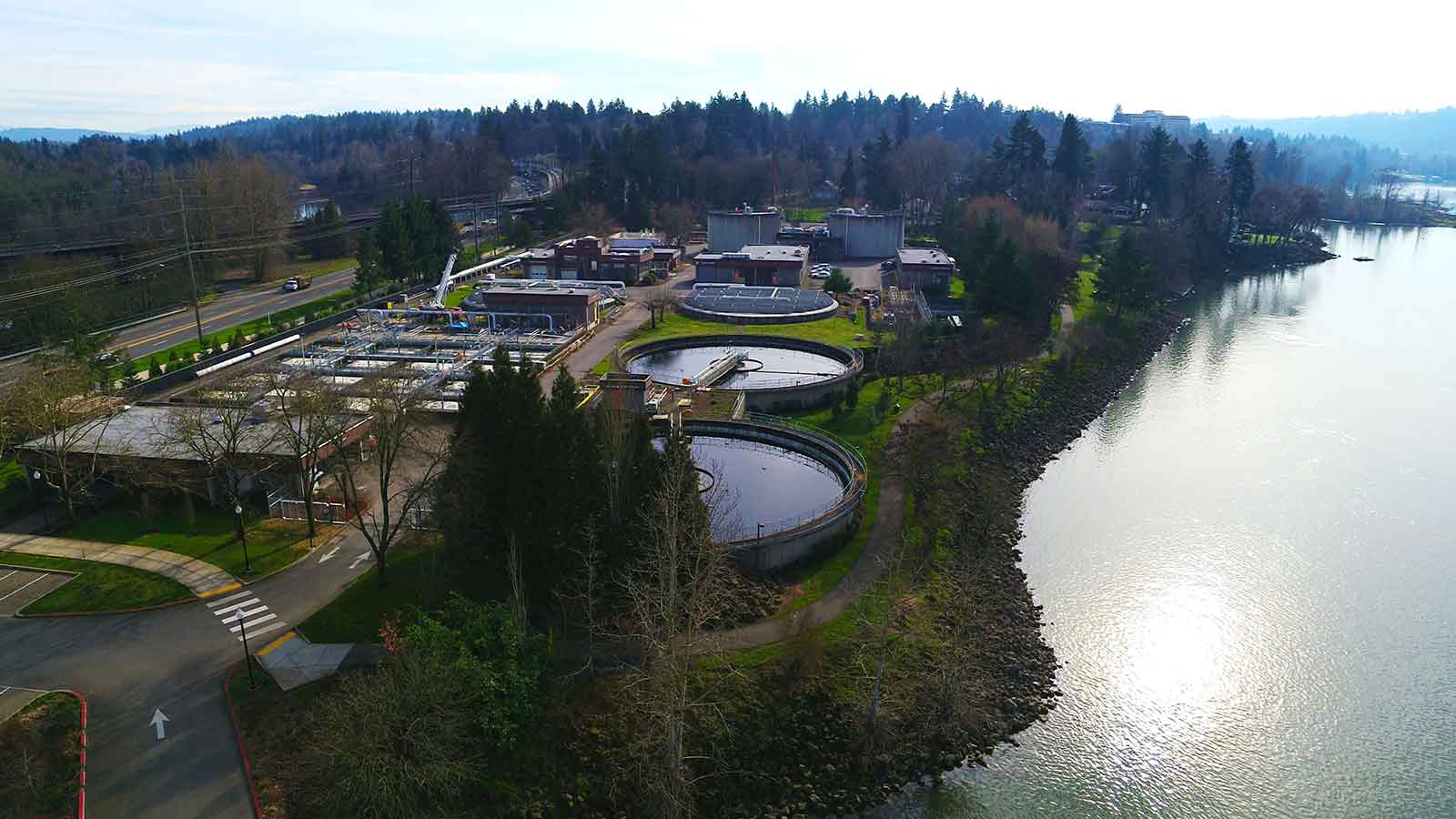Sanitary and Stormwater Rules and Standards Update
About the Project
Clackamas Water Environment Services is updating its Rules & Regulations (Rules) and Technical Standards. The District Rules are established to serve a public use and promote the health, safety, prosperity, security, orderly and uniform administration of the District affairs, and general welfare of the inhabitants using the District’s sanitary and stormwater systems. In order to do so we need to adopt an updated set of rules of operation for WES. The purpose behind this is multifaceted.
Goals of the update are to:
- Develop consistent & comprehensive Rules and Standards for WES (District)
- Consolidate & streamline development review and approval
- Improve regional alignment with county/cities
- Address new regulatory requirements
- Update policies to reflect new technologies
Click here for a summary of the key policy proposals
Key policies to be considered include:
Annexation (Rules, Section 2.4) - This section establishes procedures relating to the annexation of territory into the District. It is the intent of the District to promote orderly annexation of municipal and unincorporated land where it is determined in best interests of the District and adjoining cities to plan and provide for orderly development.
Sanitary EDU Assignments (Rules, Section 5.4.1) - Modify the Equivalent Dwelling Unit (EDU) classification assignments methodologies to align with current understanding of sanitary discharge volumes and impacts by category.
System Development Charges Installment Payments (Rules, Section 5.4.10) - Where the District assigns more than two EDUs to a development the District may approve an application to pay the charge in installments and may lien the property for the amount financed.
Reimbursement Districts (Rules, Section 5.6) - A Developer who is not otherwise eligible for SDC credits and who chooses or is required as a condition of development to finance or construct public improvements of the sanitary and/or stormwater system, such that other properties will benefit from those public improvements may request that the District establish a Reimbursement District.
Use of Public Property (Rules, Section 9) - This section establishes Rules to protect the public use of WES owned and managed property and facilities and to establish violations of those rules.
Enforcement (Rules, Section 10) - This section presents the enforcement policies, methods, and processes used by the District.
Low Income Monthly User Charges (Rules, Section 5.8.3) - The monthly user charge for service provided to the principal residence of a household having a maximum income under the qualifying limits shall be 50 percent (50%) of the monthly sewer user charge.
Draft documents include:
- Rules & Regulations draft
- Stormwater Standards draft
- Sanitary Standards draft
- Buffer Standards draft
An ordinance adoption hearing for the Rules & Regulations is scheduled for May 4, 2023. Formal public comment will be taken at that time. Second Reading and Adoption of an Ordinance Adopting Rules and Regulations for Water Environment Services.
For questions please email us at WES-Rules-Update@clackamas.us
Stakeholder Interviews
WES identified approximately 15 members of the development community (development engineers, planners, and others who utilize the rules and standards) to interview about sanitary and stormwater design standards. Information obtained during the interviews was compiled into a Stakeholder Interview Summary Memo.
Task Force Workshops
WES convened a Task Force to review and come to consensus regarding policy issues and technical standards that will be addressed in the rules and standards update. Members of the Task Force included both developers and municipal agency partners. The Task Force workshops were intended to introduce and get feedback on proposed policy and technical decisions.
Task Force Workshops included the following topics:
| Workshop #1 Project Overview and Task Force Role | agenda | notes | presentation |
| Workshop #2 Stormwater Performance Standards (Site Planning, Water Quality and Flow Control) | agenda | notes | presentation |
| Workshop #3 Stormwater Minimum Requirements and Facility types (including green infrastructure and proprietary systems) | agenda | notes | presentation |
| Workshop #3A Flow Duration Matching Tools | agenda | presentation | |
| Workshop #4 Sanitary and stormwater fiscal policies | agenda | notes | presentation |
| Workshop #5 Proposed Policies | agenda | presentation |
Stakeholder Outreach
WES has completed an extensive Stakeholder Outreach Process. Below are summary documents from the Stakeholder Outreach.
Presentation to County Commissioners
Informational Forum - Proposed Policy Boards
Informational Forum
Stakeholder Outreach Interview Summary
 Translate
Translate






